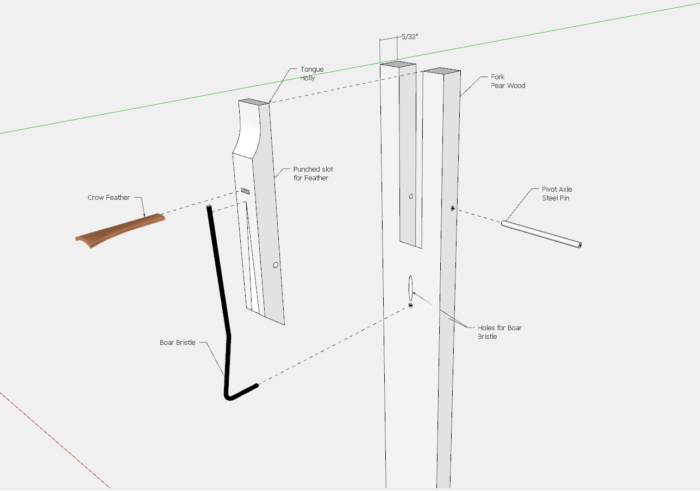
For the last 12 years or so, I’ve attended the Colonial Williamsburg Conference “Working Wood in the 18th C. And following each of those events, I’ve posted a SketchUp representation of a process, tool, or piece of furniture presented at the conference. So here is my 2019 submission – a Plucking Jack.
At this year’s conference there were several pre-conference workshops, and I chose Hands-On Harpsichords: Making the Plucking Jacks. Edward Wright and his assistant ably led us through the process of making these critical and unusual parts of harpsichords. There is a Plucking Jack for each note in a harpsichord. They have an important role, that is to pluck the strings that make the sound.
Here is a picture of the Jack that I made.
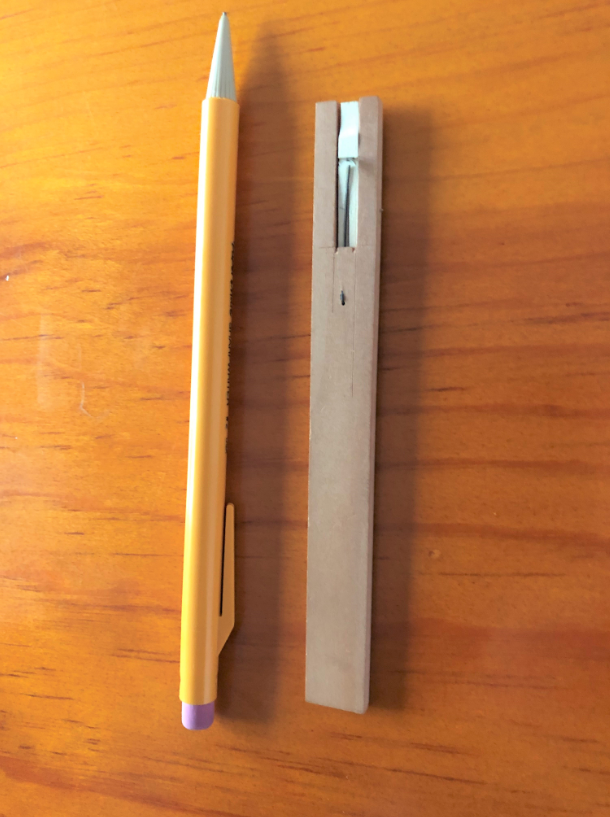
After returning home, I immediately opened SketchUp to capture this unique design. Although quite small, there are a number of surprising materials and components.
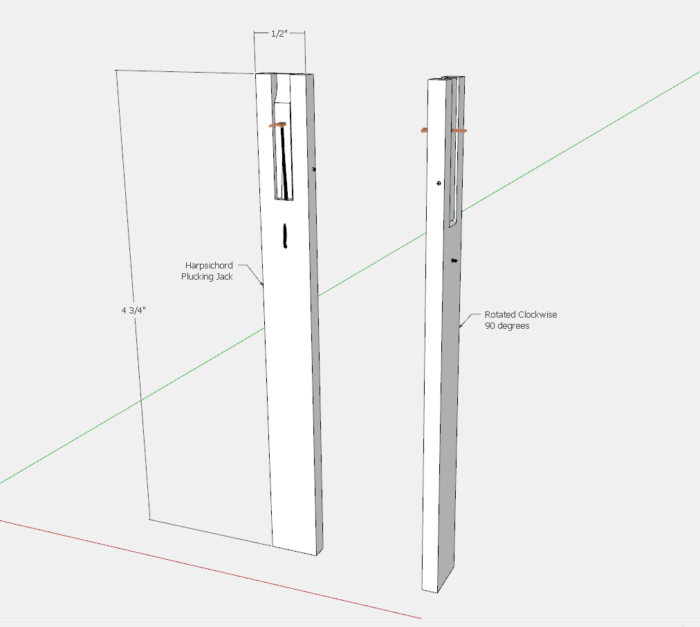
Below is the Exploded View showing all the components. Note the Crow’s Feather and the Boar’s Bristle. These materials are still used after 100’s of years of harpsichord making. The Crow’s feather strikes the String to make the sound. As you depress the key on the harpsichord the Jack is lifted upward so that the end of the feather strikes the string.
Note in SketchUp the dashed lines indicating the connections of these components. “Dashed Lines” are a new capability in SketchUp 2019. I will be using them for these types of exploded views.
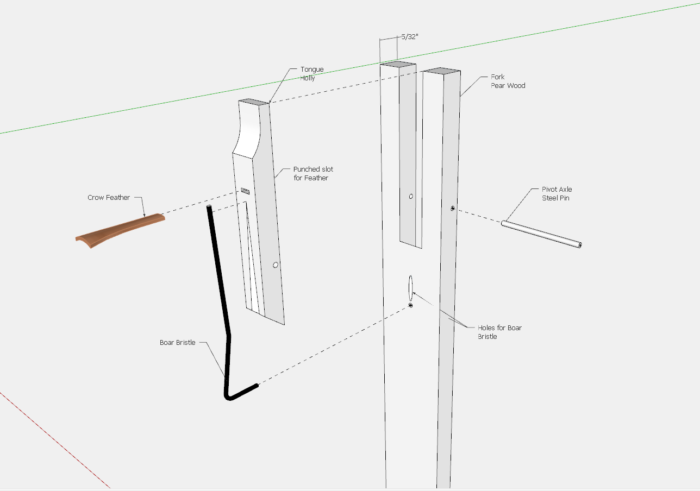
Here is the X-ray view of the components. Now you can see the channels, slots, holes, and V-cuts that are necessary for the Jack’s function. In the workshop, we used several hand tools, but the most fun (and somewhat daunting) was a Bow Drill (an early Period Tool) to create the tiny holes for the pivot shaft and the Boar’s Bristle.

Here I’ve shown the “At Rest” position of the Jack in relation to the string. You can see the end of the feather protruding through the Tongue and below the string.
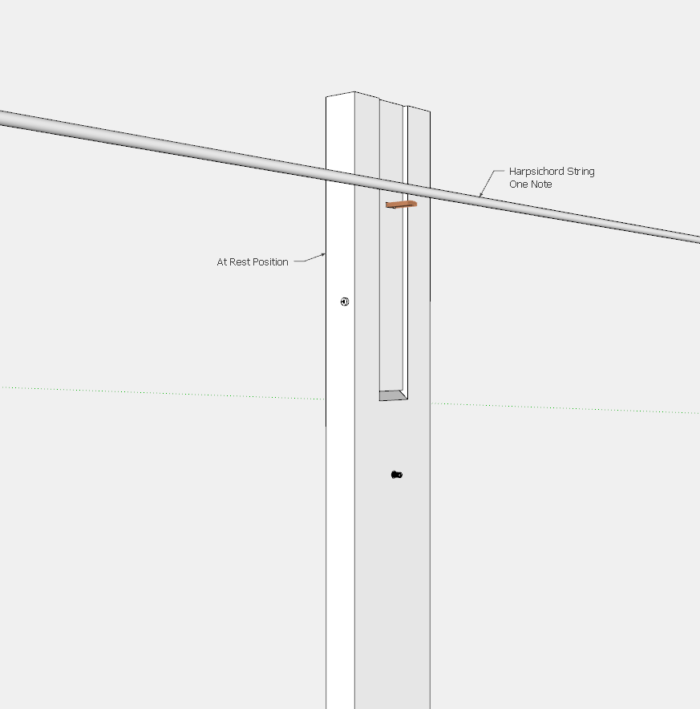
Below shows the Jack raised by action of the keyboard causing the end of the feather to pluck the string.
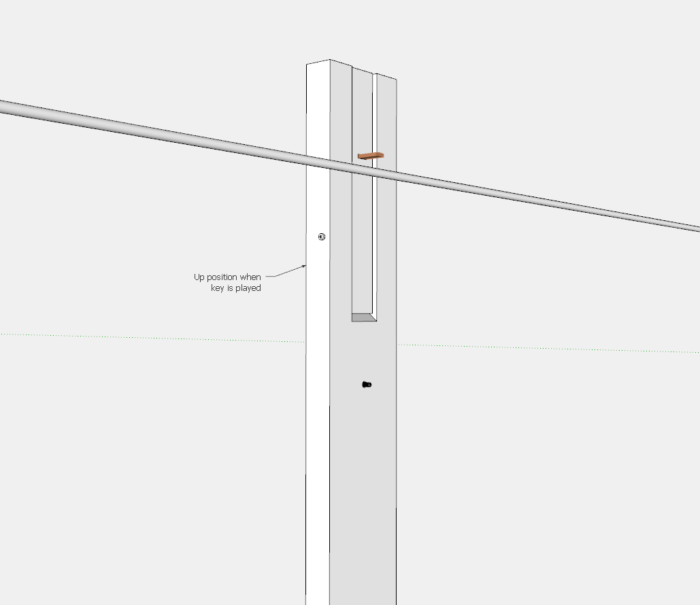
Then the Jack falls by gravity and the Tongue rotates as the feather hits the string. But there is no plucking on the way down as a result of the pivoting of the Tongue.
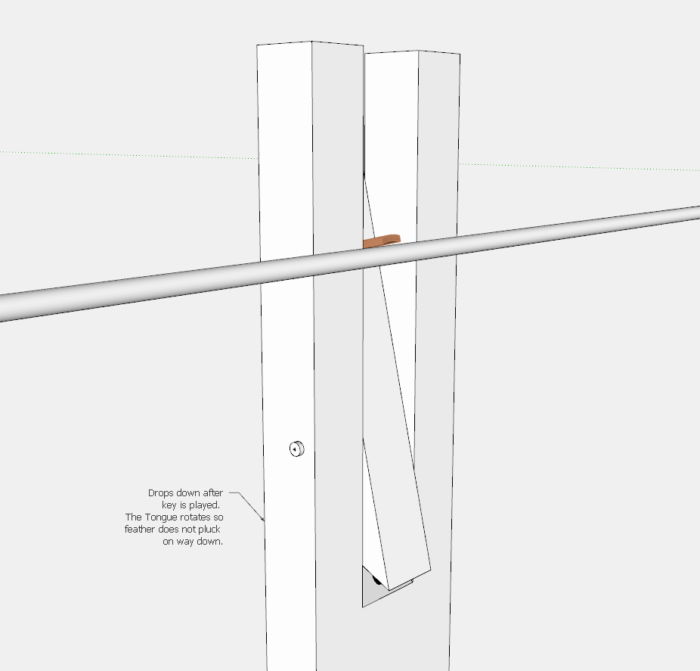
In SketchUp I’ve animated this movement (although quite jerky and rough) of the Jack and the rotation of the Tongue using a Plug-in Keyframe Animation. In this case, I set up three scenes showing the position of the Jack and the Tongue in relation to the string. Here is a video of that animation.
Tim
https://www.youtube.com/c/killenwood






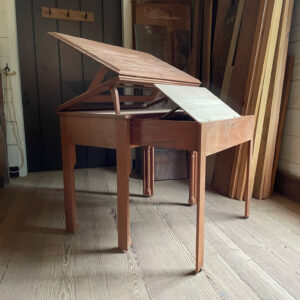
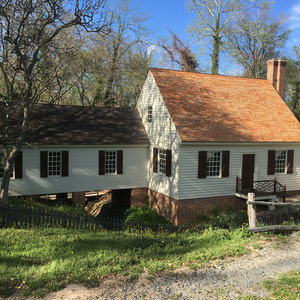














Log in or create an account to post a comment.
Sign up Log in